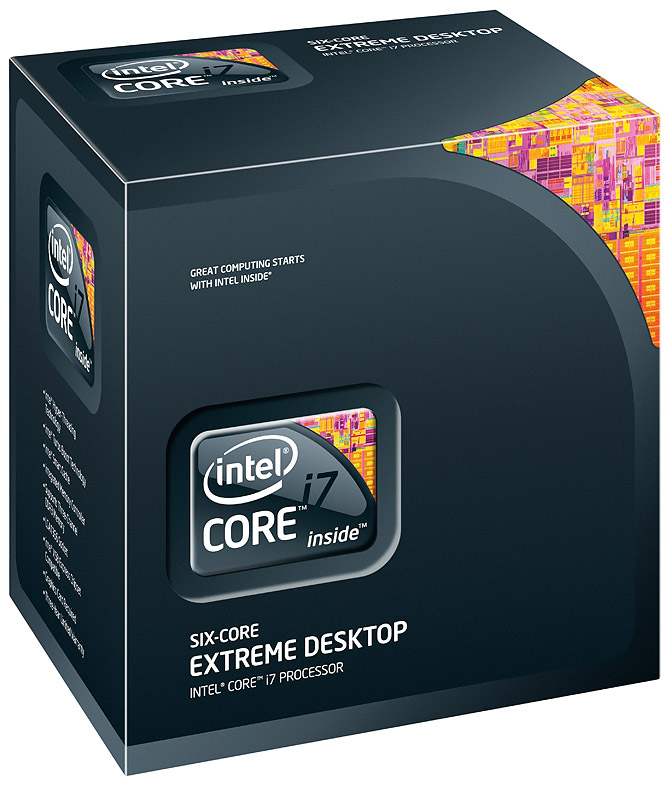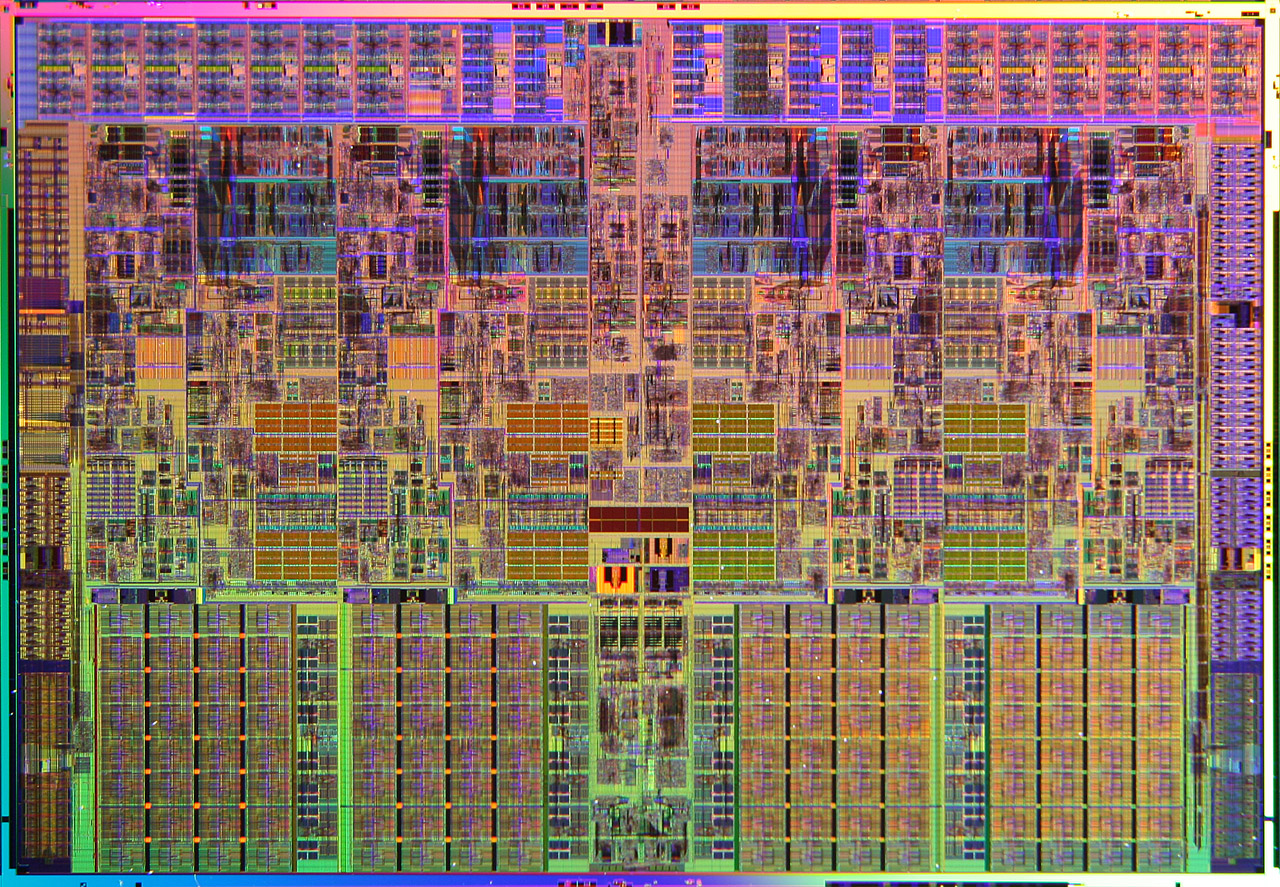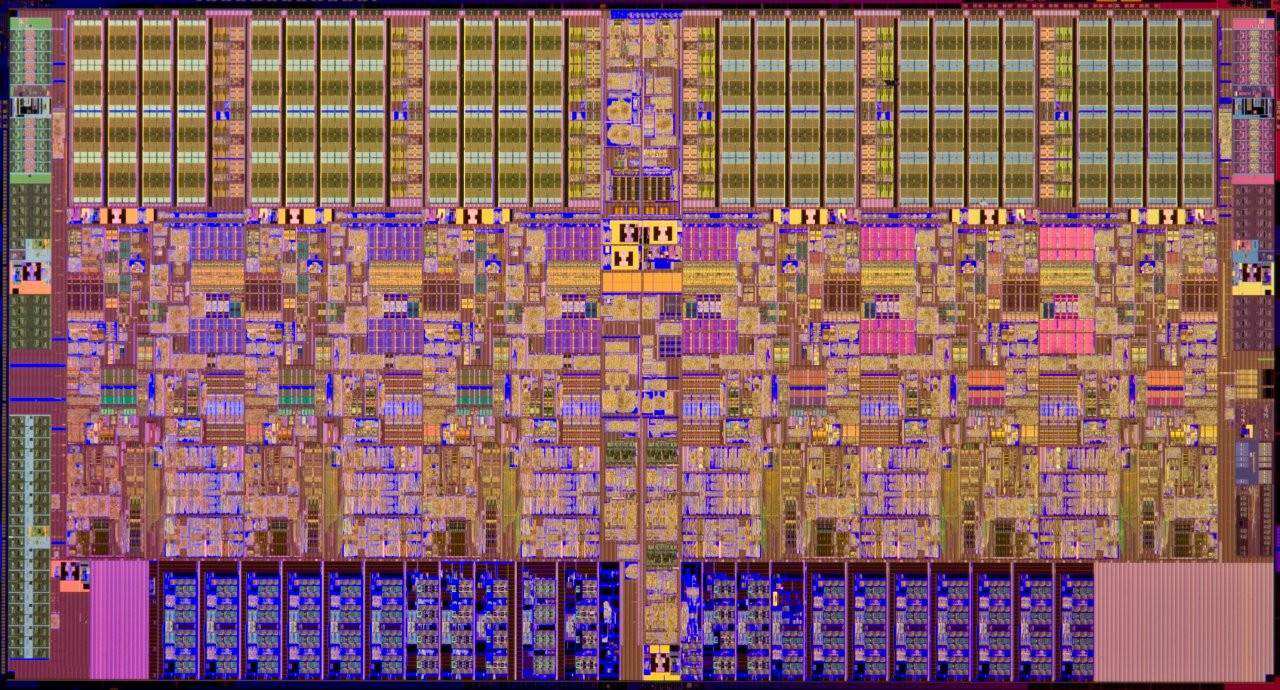Intel Core i7-980X Extreme: Hello, Six-Core Computing
Introduction
If the processor market was a game of King of the Hill…no, that’s too easy.

The fact of the matter is that Intel currently sells the fastest CPUs. Its quad-core Core i5 and Core i7s are unmatched in the desktop space—and that’s precisely the reason you pay more for them than the dual-core, Clarkdale-based Core i3 and Core i5 processors (not to mention AMD’s entire Phenom II lineup, including its flagship X4 965 Black Edition).
Of course, "being the fastest" assumes that you’re looking at the right benchmarks. Intel’s dominance is most evident in video encoding apps, threaded compression/decompression workloads, and content creation tools like 3ds Max. If you’re gaming, AMD is perfectly capable of standing right up to Intel.
Now, sure, you’ll see those folks who run their benchmarks at 640x480 in an effort to demonstrate the differences between one processor and another. Truth be told, even as high as 1920x1200, there are measurable performance gaps between CPUs. But at the end of the day, your graphics card, more than anything, determines how well your games run.


Why the rambling sidebar on gaming? Because Intel sees its brand new Core i7-980X Extreme Edition—previously referred to as Gulftown—as a sweet gaming processor. And it will become the fastest processor you can buy (it's technically not available yet), so it’d naturally be great in a gaming box. However, at $1,000, you’re spending an extra $800 or so that’d be better invested into a pair of Radeon HD 5870s. As a result, before we show you any benchmarks, I’ll say that this probably isn’t the processor you need for a solid gaming experience. A Phenom II X4 or Core i7-920 is still plenty potent there. With that said, if money is no object and you want a six-core CPU and a pair of high-end graphics cards, you certainly can’t go wrong.
Six Cores Of Fury
The real reason to give Core i7-980X a long, hard look is that it’s a beast in the applications truly able to lean on its scaled-up architecture—and there are many. It leverages technologies first introduced on the Bloomfield generation of Core i7-900-series chips, like Turbo Boost and Hyper-Threading. But a recent shift to 32nm manufacturing results in transistors with decreased oxide thickness, reduced gate length, and, ultimately, less leakage current.
Stay On the Cutting Edge: Get the Tom's Hardware Newsletter
Get Tom's Hardware's best news and in-depth reviews, straight to your inbox.
Consequently, Intel was able to increase complexity without pushing its design over the 130W TDP established by Bloomfield, giving us a six-core CPU featuring 12MB of shared L3 cache and capable of dropping into the same LGA 1366 interface you already know. The real question is whether the Core i7-980X is as Extreme as its price.
-
one-shot shuffman37First Comment, I'll be staying up to read this review =)Reply
I'm guessing you didn't read this.
http://www.tomshardware.com/news/toms-hardware-reviews-news-comments,9855.html -
tipmen Hm, not bad at all more cores at the same price as 975. Games don't seem to scale that much but CAD and transcoding is improved overall. Glad to see AMDs 965 hold its own in the game segment.Reply -
one-shotI'm guessing you didn't read this.http://www.tomshardware.com/news/t ,9855.htmlNope, Haven't bothered looking at that. The 980x doesn't really make any difference in gaming but I wasn't expecting anything earth shattering. Does look good against the 965 x4 for mutlimedia applications.Reply
-
tipmen shuffman37Nope, Haven't bothered looking at that. The 980x doesn't really make any difference in gaming but I wasn't expecting anything earth shattering. Does looks good against the 965 x4 for mutlimedia applications.Reply
It is a good reminder how to act on toms you should read it when you get the chance. -
gkay09 Lolz...The Crysis benchmark and the Chris's starting line...Am sure he would have been forced to post that so that no one start with the infamous tag line "But can it play Crysis ?" :PReply -
gkay09 And Chris it would be nice if you could post some benchmarks of games that are CPU taxing like the GTA IV/ FSX...Most of the games used in the above benchmarks dont tax the CPU as much as these...Reply -
cangelini I hear you there gkay...I used to do more with GTA IV (not sure how prolific FS X still is), but it just depends on how many folks still want to see it. As a *general* rule, $1,000 CPUs aren't going to do much for your high-res gaming. However, it's a good point that there are a couple of titles notorious for hitting graphics far less than host processing power!Reply -
pinkfloydminnesota NO GTA IV? Should get great gains as it's notoriously CPU limited by the best quad cores. Unforgivable.Reply
